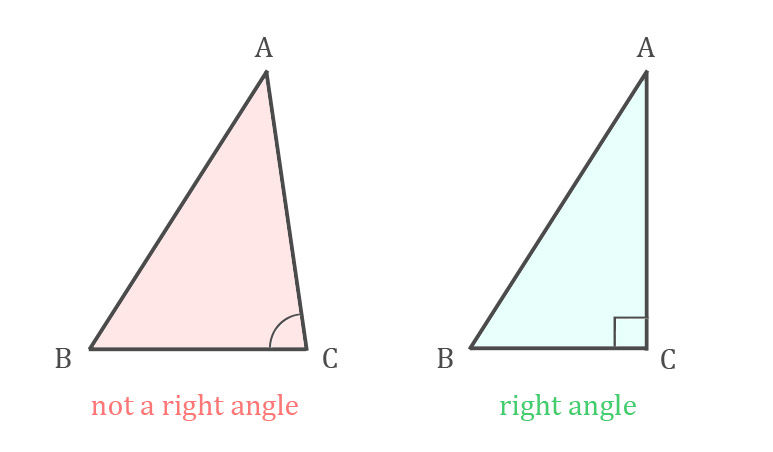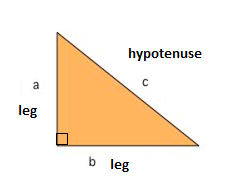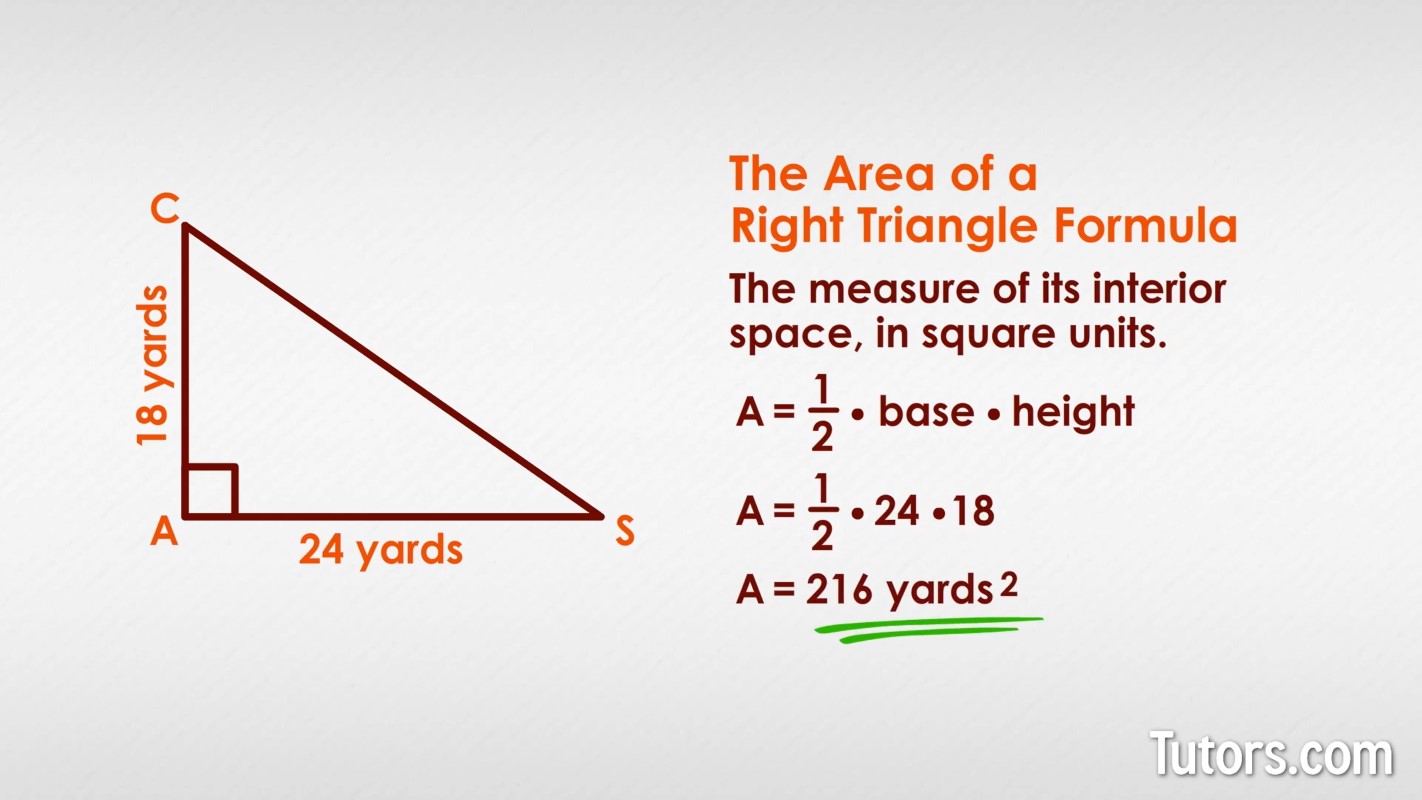How do you use the Pythagorean Theorem to determine if the
4.7 (675) · $ 12.00 · In stock
c^2 != a^2 + b^2, therefore, this cannot be a right triangle. The Pythagorean Theorem applies to right angle triangles, where the sides a and b are those which intersect at right angle. The third side, the hypotenuse, is then c To test whether the given lengths of sides create a right triangle, we need to substitute them into the Pythagorean Theorem - if it works out then it is a right angle triangle: c^2 = a^2 + b^2 15^2 != 5^2+10^2 225 != 25+100 225 != 125 In reality, if a=5 and b=10 then c would have to be c^2 = 125 c =sqrt(125) = 5sqrt(5)~= 11.2 which is smaller than the proposed value in the question. Therefore, this cannot be a right triangle.

How to Use the Pythagorean Theorem: 12 Steps (with Pictures)

How to Use the Pythagorean Theorem: 12 Steps (with Pictures)
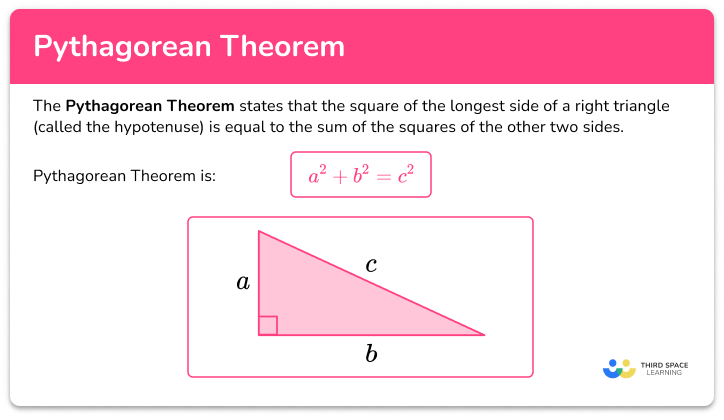
Pythagorean Theorem - Math Steps, Examples & Questions
How to use the converse of the Pythagorean theorem to tell if a triangle is a right triangle - Quora
Can you use the Pythagorean theorem to find an angle? - Quora

How do you use the Pythagorean Theorem to determine if the following three numbers could represent the measures of the sides of a right triangle: 20, 6, 21?
I'm just checking if I did this correct ? For x I got 7.7 and for y I got 7.1? I used tan to find the adjacent then used Pythagorean theorem to

How To Verify A Triangle Is A Right Triangle Using The Pythagorean Theorem Explained
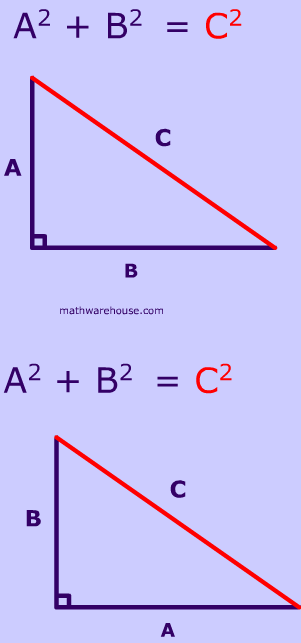
How to Use the Pythagorean Theorem. Step By Step Examples and Practice
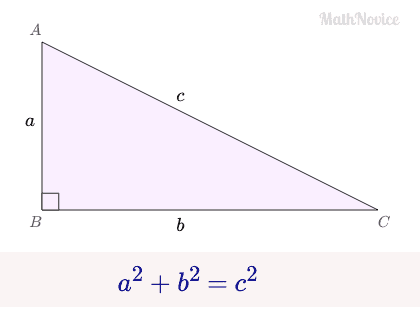
Pythagoras Theorem Questions (with Answers) – Math Novice
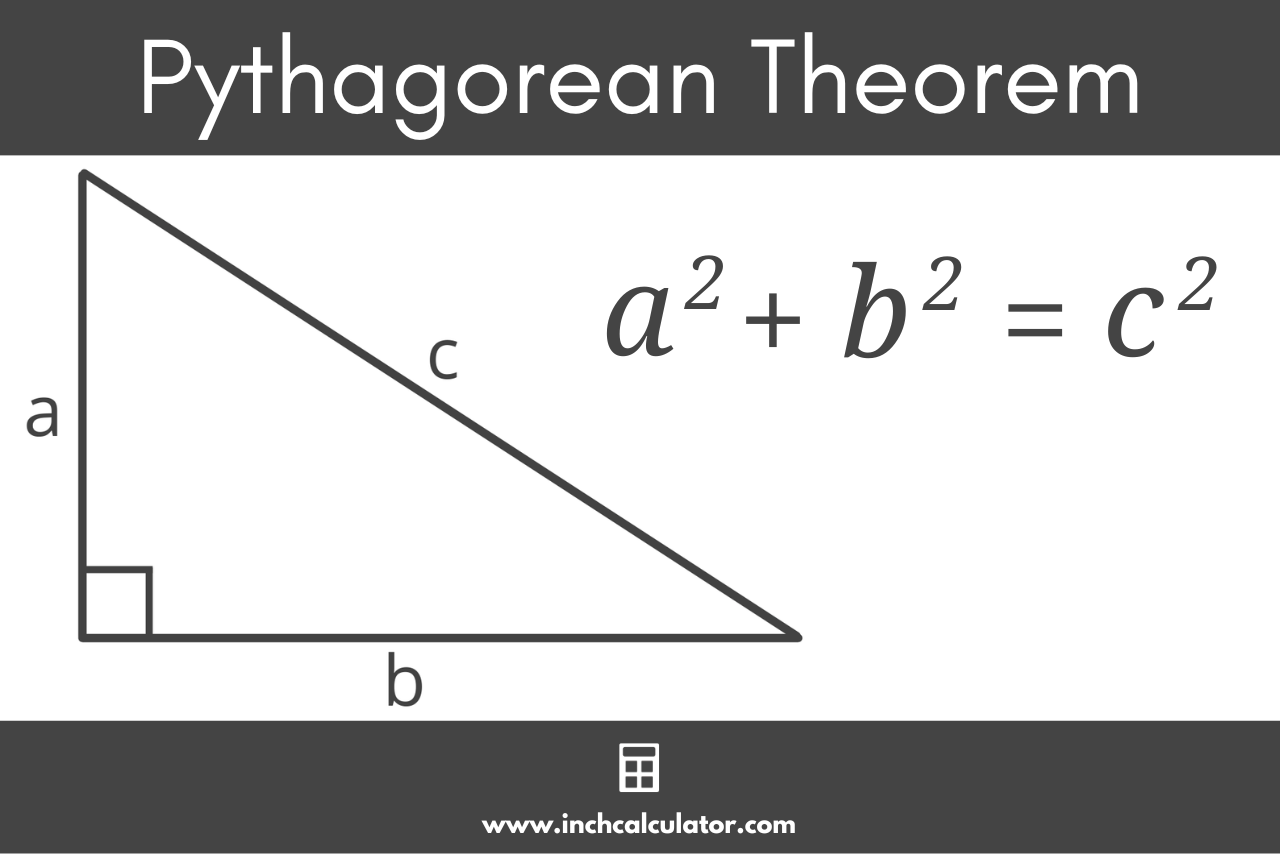
Pythagorean Theorem Calculator - Steps to Solve - Inch Calculator

Apply the Pythagorean theorem. Find whether the given triangle has a right angle.





